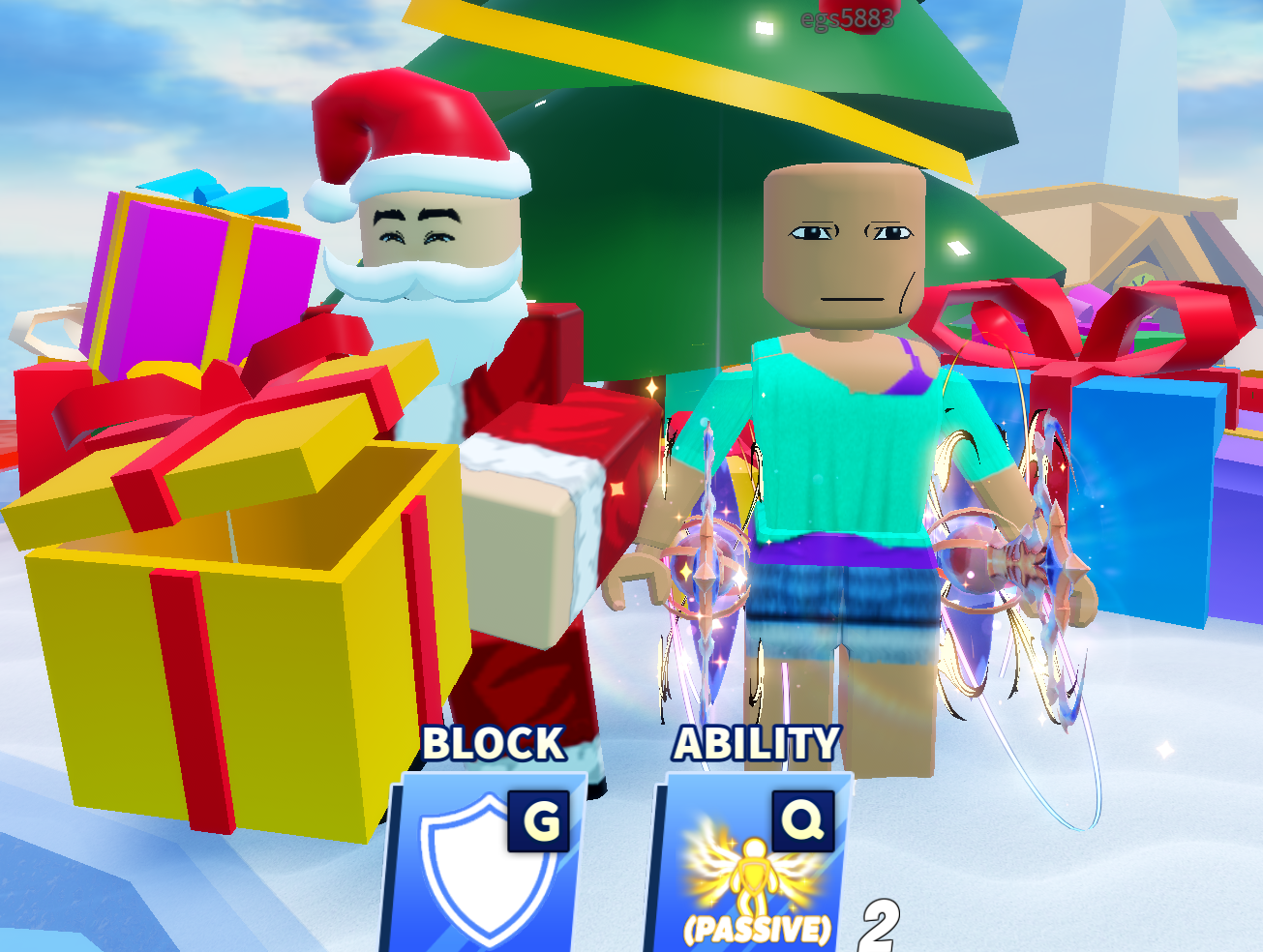P3.7 Parallel Circuits
Cards (21)
- What is a parallel circuit?
- How does potential difference work in a parallel circuit?
- What happens to current in a parallel circuit?
- What happens to resistance in a parallel circuit?
- What is the main advantage of a parallel circuit?
- What type of circuits are being explored in the video?
- How do parallel circuits treat potential difference?
- What happens if one component in a parallel circuit breaks?
- If a circuit has a 12 volt battery, what voltage do the components receive?
- How is current shared in parallel circuits?
- If a circuit has two loops with a total of 4 amps, what could the current distribution be?
- What determines how current splits in parallel circuits?
- How can you visualize current flow in parallel circuits?
- What happens to total resistance when more components are added in parallel?
- Why does adding more loops in parallel decrease overall resistance?
- How does the resistance of a high-resistance loop affect current flow?
- What is a key characteristic of parallel circuits?
- What are the implications of a component breaking in a parallel circuit?
- How does current behave in parallel circuits?
- What is the relationship between the number of components and total resistance in parallel circuits?
- How can the concept of water flow help understand current in parallel circuits?
